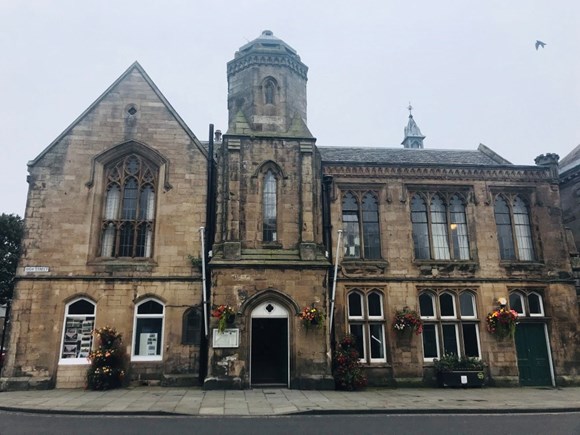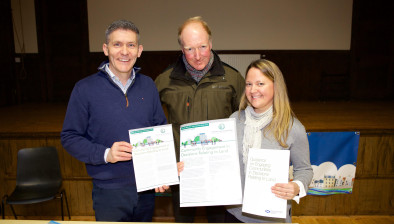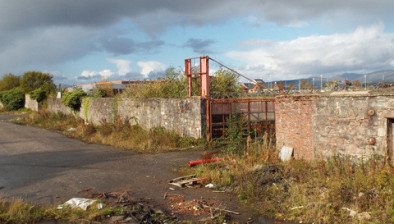New protocol on local authority management of Common Good Land
Clear expectations on the management of Common Good land by local authorities will help make the most of this unique form of ownership for communities, according to the latest protocol from the Scottish Land Commission.

This protocol sets out how local authorities should manage Common Good land and buildings in line with their statutory duties.
It also makes recommendations for local authorities to enhance transparency and improve community involvement in decision-making and suggests that local authorities should:
- Provide information on whether Common Good assets are being used, leased or are vacant, and whether the status is alienable or inalienable (where known)
- Provide a dedicated point of contact for Common Good matters
- Encourage engaging communities in decision-making around Common Good assets
- Consider whether alternative uses – or disposal – will continue to deliver public good and what impact it will have on the broader Common Good portfolio
- Make information about how Common Good Funds are used available.
Originally designated to provide former burghs with land to construct civic buildings and hold markets, as well as areas for recreation, the grazing of livestock, collection of fuelwood and other activities, Common Good assets were intended to create public benefit.
The income generated from Common Good assets is held in Common Good Funds which are often distributed to local causes or used to fund local events.
Speaking about the new protocol, which thirteen local authorities in Scotland helped to develop, land commissioner Sally Reynolds said: “While local authorities have a duty in managing Common Good assets to take into account the interests of the local community, the way this is interpreted and conducted varies widely between local authorities.
“This can cause confusion and frustration for Local Authorities and residents alike. The new protocol sets out clear expectations and behaviours for those who manage Common Good assets.”
The new Protocol on Common Good Land is the latest in a series of protocols published by the Commission, since it launched its Good Practice programme 12 months ago, to improve decision-making and management of land in Scotland.
The protocols aim to encourage practical implementation of the Scottish Government’s Land Rights and Responsibilities Statement (LRRS).
The Commission is keen to hear about positive examples of good working relationships and welcomes information about successful collaboration between local authorities and communities to inform case studies. These case studies can help tell other local authorities, landowners and community organisations about good practice.
The Protocols will be kept under review by the Land Commissioners and the Good Practice Advisory Group to inform future recommendations that they will make to Scottish Government.




















